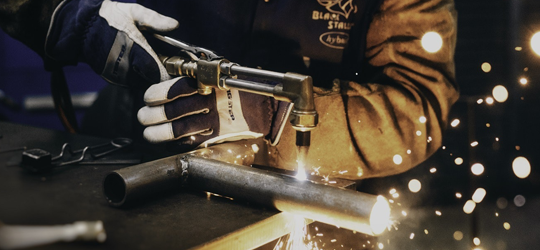
Steel Fabrication and its General Applications
Steel FabricationIn the current scenario, you name an industry and it requires a steel fabrication. Steel is highly ductile and malleable. Its metallurgical properties enable it to be fabricated into any shape and size with ease. Steel structures are fabricated by welding or bolting them together. Structural steel frames provide flexibility to even incorporate last-minute changes in the structure and there won't be a problem with it. Compared to other metals such as copper, aluminium, and magnesium, structural steel is cost-effective as well. This is one of the reasons as to why structural steel frames are preferred over reinforced concrete.
